Direct oral anticoagulants (DOACs) are widely used in a variety of conditions, including atrial fibrillation, pulmonary embolism, and deep vein thrombosis. Most DOACs are metabolized by CYP3A4 and utilize the P-glycoprotein (P-gp) transporter. Thus, common interactions include medications that are involved with CYP3A4 and P-gp. Below are my top five most important DOAC drug interactions that pharmacists should be aware of.
A well-known strong inducer of CYP3A4 and P-gp is rifampin. The interaction with DOACs also reduces DOAC effectiveness by lowering DOAC concentration. Since there is a great reduction in DOAC concentration levels, it is recommended to avoid giving these medications together due to the increased risk of thromboembolic events. Carbamazepine is another great example of an enzyme inducer.
A common over-the-counter herbal medication patients have access to is St. John’s wort. Even though it is a herbal medication, St. John’s wort is a strong inducer of both CYP3A4 and P-gp. The interaction between St. John’s wort and DOACs results in reduced DOAC concentrations. Due to the lowered DOAC concentrations, a patient is more at risk of thromboembolic events. Overall, the use of St. John’s work with DOACs should be avoided due to DOACs’ reduced effectiveness.
A drug class that is notorious for drug interactions, especially involving CYP3A4, is azole antifungals. Azole antifungals are CYP3A4 inhibitors that, when given with DOACs, increase DOAC concentration and increase the risk of bleeding. With all azole antifungals being moderate to strong inhibitors of CYP3A4, it is important to recognize this interaction. Since there is a greater risk of bleeding, the combination of these two drugs should ideally be avoided. If they are to be used together, close monitoring is recommended.
Direct oral anticoagulants (DOACs) and NSAIDs should ideally be avoided due to an increased risk of bleeding. DOACs, such as apixaban or rivaroxaban, inhibit clot formation by targeting specific clotting factors, while NSAIDs can impair platelet function and cause gastrointestinal mucosal damage. When combined, this dual impact on coagulation and the GI tract significantly raises the risk of serious bleeding events, especially gastrointestinal bleeding. Pharmacists should assess bleeding risk, recommend gastroprotection if concurrent use is necessary, and consider alternative pain management strategies when appropriate.
Last but not least, a common food interaction with DOACs is grapefruit juice. Grapefruit juice is an inhibitor of CYP3A4. The interaction with DOACs increases the risk of bleeding. It is a good reminder to educate patients who are taking DOACs about limiting or avoiding grapefruit juice.
In conclusion, there are both prescription and non-prescription medications that can cause DOAC drug interactions. Through recognition of these potential interactions, we can ensure that DOACs are safe and effective for patients. What other DOAC interactions have you seen in your practice?
This article was written by Hunter Backholm, PharmD Candidate, in collaboration with Eric Christianson, PharmD, BCPS, BCGP.
- 30 medication mistakes PDF
- 18+ Page Drug Interaction PDF
- 10 Commandments of Polypharmacy Webinar based on my experiences in clinical practice



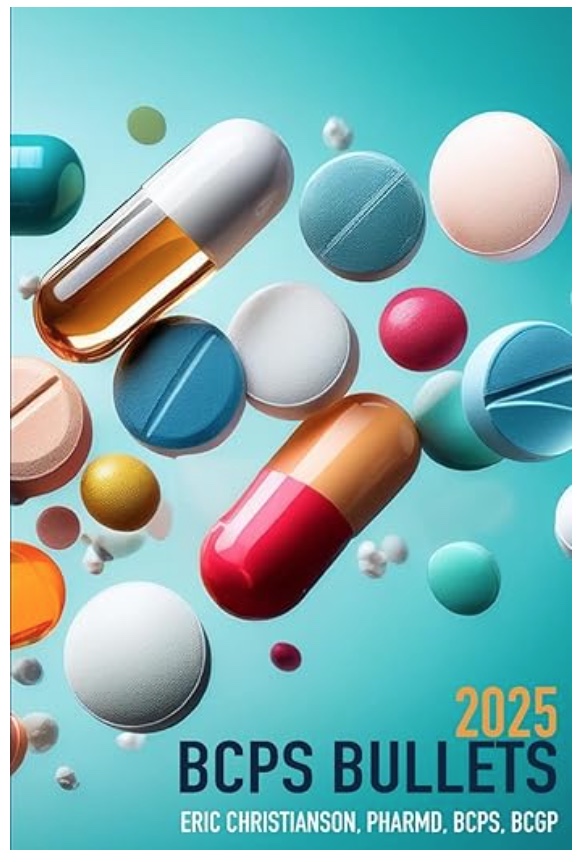
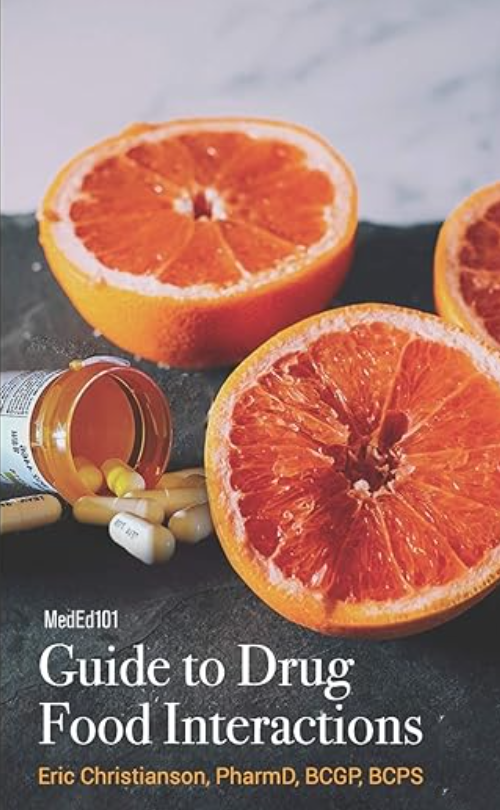
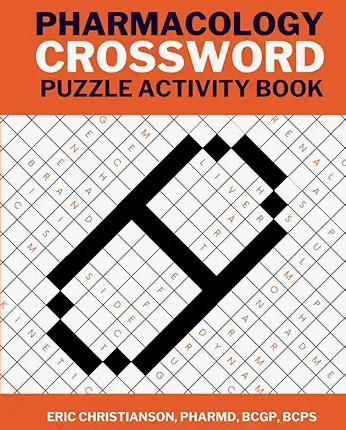
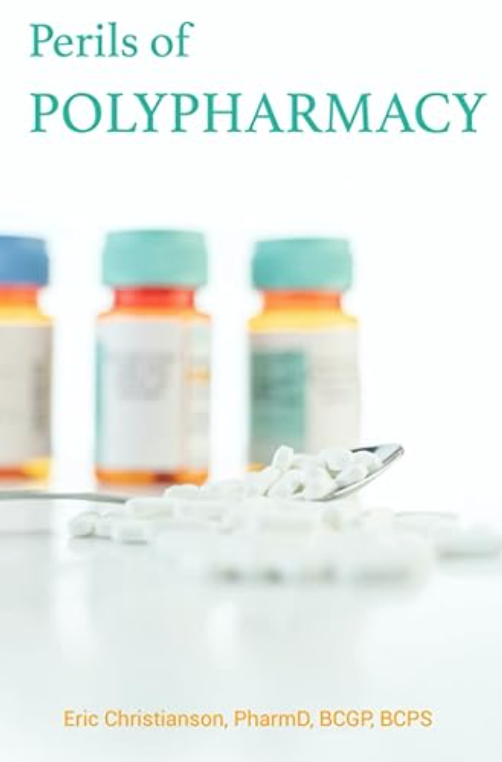
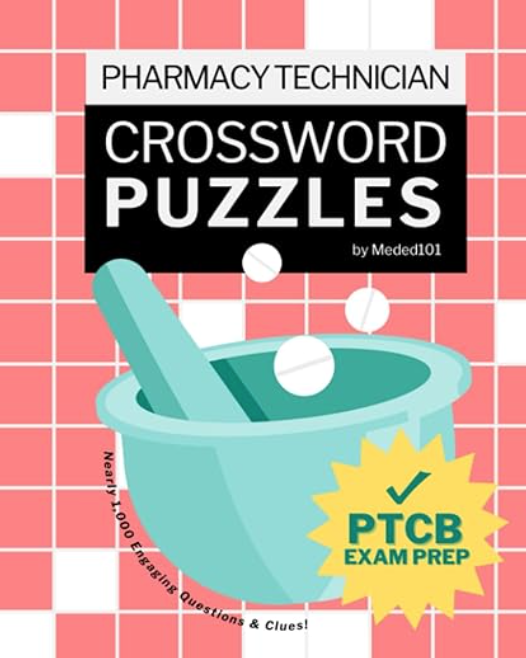
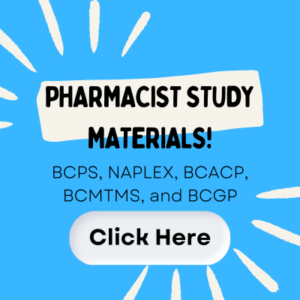
0 Comments